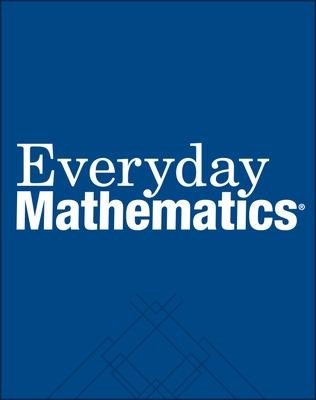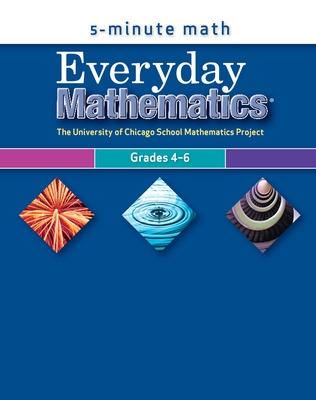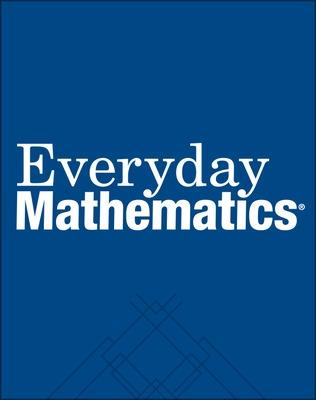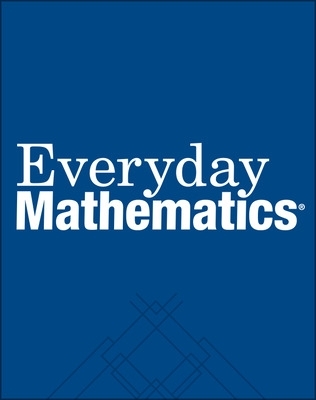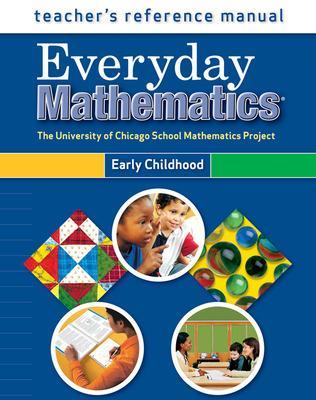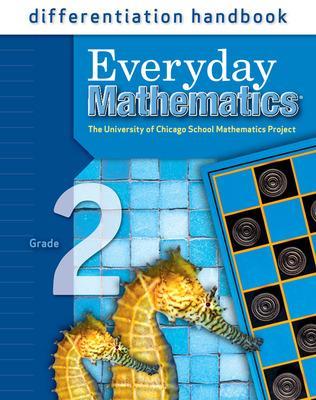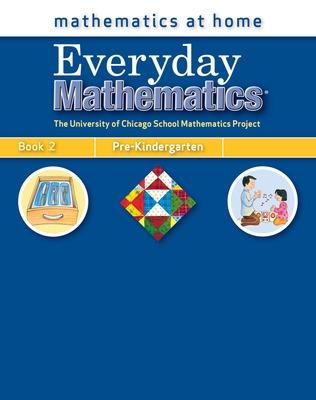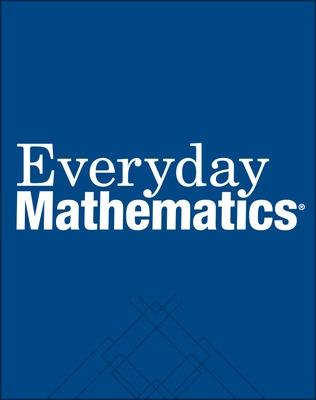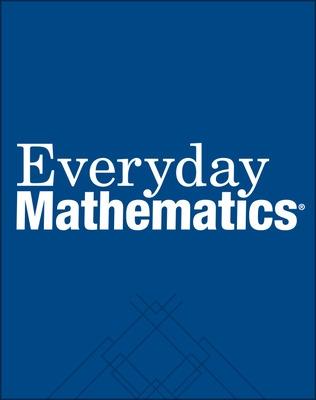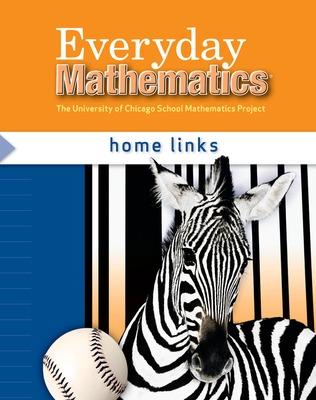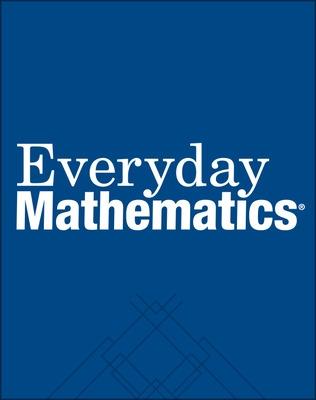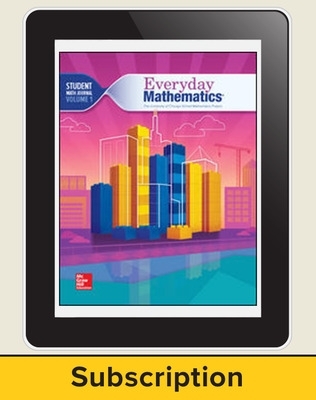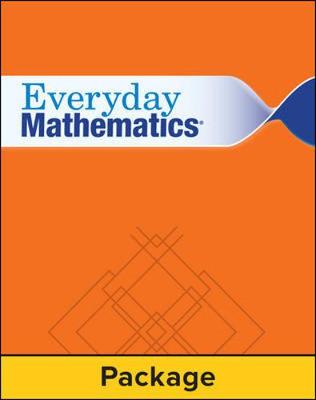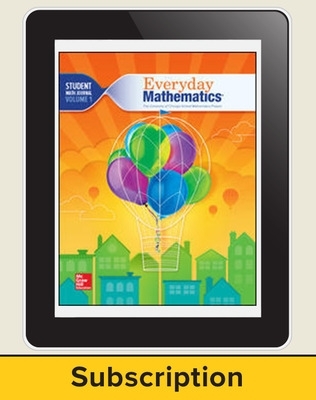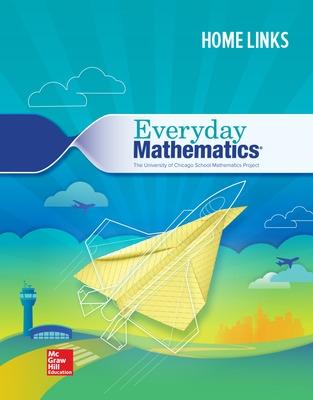EVERYDAY MATH
419 total works
Everyday Mathematics, Grade K, Mathematics at Home® Books 1, 2, 3 & 4
by Max Bell, Amy Dillard, Andy Isaacs, James McBride, and UCSMP
Everyday Mathematics, Grade 1, Assessment Management System (per student)
by Max Bell, Amy Dillard, Andy Isaacs, James McBride, and UCSMP
As students complete work in class and reach assessment opportunities in the Everyday Mathematics program, teachers have the option to collect data from those assessments using the Assessment Management System. Each of the following assessment types has a unique data entry tool specific to the assessment's structure.
- Ongoing Assessments: Recognizing Student Achievement
- Progress Check: Oral and Slate
- Progress Check: Written Assessment
- Open Response Questions
As teachers collect and enter student data, a number of reporting options become available. Both class and student reports exist and are designed to give teachers information about both student performance and the program scope and sequence. Reports are organized by a combination of class or student, and lesson or grade-level goal. Teachers canuse links within the reports to do the following:
- Jump quickly from report type to report type
- Drill down for more detailed information
- Step back out for more of an overview
Everyday Mathematics, Grade 5, Assessment Management System (per student)
by Max Bell, Amy Dillard, Andy Isaacs, and James McBride
As students complete work in class and reach assessment opportunities in the Everyday Mathematics program, teachers have the option to collect data from those assessments using the Assessment Management System. Each of the following assessment types has a unique data entry tool specific to the assessment's structure.
- Ongoing Assessments: Recognizing Student Achievement
- Progress Check: Oral and Slate
- Progress Check: Written Assessment
- Open Response Questions
As teachers collect and enter student data, a number of reporting options become available. Both class and student reports exist and are designed to give teachers information about both student performance and the program scope and sequence. Reports are organized by a combination of class or student, and lesson or grade-level goal. Teachers canuse links within the reports to do the following:
- Jump quickly from report type to report type
- Drill down for more detailed information
- Step back out for more of an overview
Everyday Mathematics, Grades PK-K, Teacher's Reference Manual (Early Childhood)
by UCSMP
Everyday Mathematics, Grade Pre-K, Mathematics at Home® Book 2
by Max Bell, Amy Dillard, Andy Isaacs, James McBride, and UCSMP
Everyday Mathematics, Grade 2, Consumable Student Materials Set (Journal 1 and 2)
by Max Bell, Amy Dillard, Andy Isaacs, James McBride, and UCSMP
Everyday Mathematics, Grade 3, Home Links
by Max Bell, Amy Dillard, Andy Isaacs, James McBride, and UCSMP
EM Initial Student Materials Set (with Digital Jourals Only), 1 Year, Grade 5
by Max Bell
Everyday Mathematics 4, Grade 3, Essential Student Material Set, 1 Year
by McGraw Hill
Everyday Mathematics 4, Grade 5, Comprehensive Classroom Resource Package
by McGraw Hill
Durable, illustrated cards with directions for students for use in self-directed centers for small-group differentiation. One set included in Comprehensive Classroom Resource Package.
Grade 5 Contents: 130 activities on 65 double-sided cards that measure 10x12
